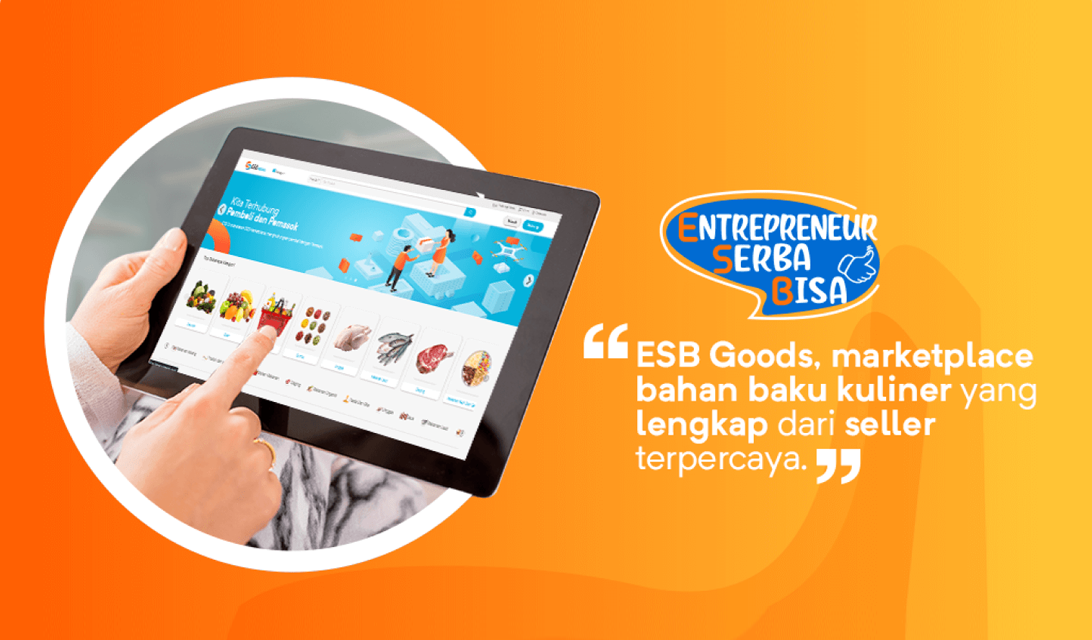 SHARE
SHARE
To Test Business Feasibility, Proper Analysis is Required: Here
Sovia
Testing business feasibility requires in-depth and structured analysis. This is crucial to ensure that the business being pursued has real potential for success, rather than just relying on sheer determination.
By understanding business feasibility studies, you can determine whether your business idea is truly viable for development.
Starting a business requires courage and strong determination, but to assess its feasibility, the right strategy is essential to minimize risks.
So, what types of analysis are needed to test business feasibility? Read on for a complete explanation in this article!
Analysis Methods for Testing Business Feasibility
Determining whether a business is viable is a critical step.
With proper analysis, you can assess whether the business you are starting has the potential to grow and sustain itself in the market.
Here are some analytical methods that can help assess business feasibility:
1. Market Analysis
Market analysis plays a crucial role in understanding the industry you are entering.
This process includes identifying target customers, market size, emerging trends, and consumer needs.
By conducting a market analysis, you can ensure that the products or services you offer align with market demand and have promising sales potential.
2. Competitive Analysis
Understanding competitors is a strategy that should not be overlooked.
Competitive analysis aims to identify competitors, assess their strengths and weaknesses, and understand the marketing strategies they use.
With this data, you can develop more effective marketing strategies and determine the best approach to compete successfully in the market.
3. SWOT Analysis
SWOT analysis (Strengths, Weaknesses, Opportunities, Threats) is one of the most commonly used methods to test business feasibility.
Through SWOT analysis, you can evaluate strengths and opportunities that can be leveraged while identifying weaknesses and threats that need to be anticipated.
This understanding helps in developing a more solid and sustainable business strategy.
4. Financial Analysis
A business’s sustainability highly depends on its financial condition.
Financial analysis includes revenue projections, estimated operational costs, and potential profits.
This analysis helps you determine initial capital requirements, estimate when the business will reach its break-even point, and understand the profitability potential.
By applying the various feasibility analyses mentioned above, you can make more strategic and low-risk business decisions.
Read more: Avoid Business Failure with These 7 Essential Points for Opportunity Analysis!
How to Test Business Feasibility Using SWOT Analysis
Source: freepik.com
Testing business feasibility is essential before officially launching a business. One effective way to do this is by using SWOT analysis.
This method helps you understand the strengths, weaknesses, opportunities, and threats that affect your business. Here’s how:
1. Identify Strengths
The first step is to recognize the key advantages of your business. These could include superior product quality, access to exclusive resources, or excellent customer service.
For example, a logistics business offering lower shipping costs will have a competitive advantage in the eyes of customers.
2. Recognize Weaknesses
Every business faces its own challenges. These may include limited capital, lack of marketing experience, or inefficient operational processes.
By identifying weaknesses early on, you can find solutions to ensure business growth.
For instance, if you lack experience in digital marketing, consider collaborating with experts or enrolling in training programs.
3. Identify Opportunities
Opportunities can arise from market trends, increasing customer demand, or gaps in the market that competitors have yet to fill.
For example, if eco-friendly products are trending, this could be an opportunity to develop sustainable products that are still relatively rare.
4. Anticipate Threats
Business competition, new regulations, or shifts in consumer behavior can pose threats to your business.
For instance, if a well-established competitor offers lower prices, differentiation strategies become crucial to maintaining market relevance.
By understanding these four factors, you can formulate a stronger business strategy.
Leverage your strengths, address weaknesses, capitalize on opportunities, and prepare for potential threats.
This approach will help your business survive and grow more effectively.
Read more: Not Just SWOT! Here Are Different Types of Business Analysis
Conclusion
Testing business feasibility is a crucial step to ensure sustainability and growth. SWOT analysis is an effective method to understand a business's strengths, weaknesses, opportunities, and threats.
For the culinary industry, digitalization through solutions like ESB enhances operational efficiency and profitability.
With an integrated system, transaction recording, stock management, and data analysis become easier, enabling more strategic decision-making.
With ESB solutions, culinary business management becomes more practical, fast, and organized.
All processes, from ordering and transactions to financial reporting, can be managed in one easy-to-use system.
Additionally, accurate data analysis helps you make smarter business decisions.
Boost your culinary business with digital solutions from ESB. Contact us now for a consultation!
 SHARE
SHARE





